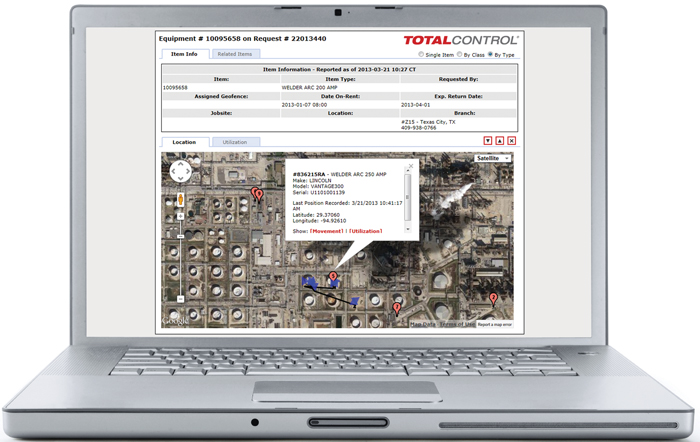Tech Tip: Consumption Management Lowers Equipment Costs
 Technology has added a new dimension to that familiar question of whether you should rent or purchase equipment for periodic use. Software is very good at recognizing the complex nature of business decisions — and in this case — it pays off with consumption management. For most contractors and industrial companies, the choice is not as black-and-white as rent vs. purchase. Very often, the answer is both. The optimal answer could be described as, “rent equipment when needed — and only when needed.”
Technology has added a new dimension to that familiar question of whether you should rent or purchase equipment for periodic use. Software is very good at recognizing the complex nature of business decisions — and in this case — it pays off with consumption management. For most contractors and industrial companies, the choice is not as black-and-white as rent vs. purchase. Very often, the answer is both. The optimal answer could be described as, “rent equipment when needed — and only when needed.”
For a large company, there are three components to consider when analyzing rental spending: 1) rates; 2) the ability to optimize equipment consumption; and 3) the hard costs that derive from different service levels provided by equipment rental providers. Fleet management software such as Total Control from United Rentals is designed to address total rental consumption. According to the company, it can reduce overall rental costs annually by 15 to 35 percent for large operators. The reduction in administrative workload alone can reduce the total cost of rental by as much as 5 percent. The common denominator in these numbers is visibility — not only of the equipment you rent, but also of the equipment you own. That “complete picture” is essential if you are to maximize utilization and reduce waste — and downtime — on all the equipment you have at a jobsite. When you can clearly see all of your rented and owned equipment across multiple jobsites, you can:
1. Reduce waste and duplication by managing the costs, rental term and utilization of equipment by unit.
2. Prioritize the use of owned equipment before renting additional units.
3. Leverage proactive, exception-based alerts customized around your business needs.
4. Pinpoint the exact locations of all GPS-capable equipment on site.
5. Improve productivity by reducing time spent locating idle equipment as needs arise.
6. Prevent unnecessary rental days on idle or under-utilized equipment.
7. Allocate the cost of a rental contract accurately to different jobsites that share the machine.
8. Streamline on-rent, off-rent and billing processes.
9. Plan and forecast based on accurate usage histories and spend data.
10. Audit and reduce rental expenses and transaction costs as a productivity strategy.
The company notes that the most proactive way to improve equipment utilization is to manage by exception: that is, set rules in the web-based management system that automatically trigger alerts through e-mail, text or pop-up notifications. These could relate to orders, utilization levels, due dates and other action items, managed via desktop or mobile devices. If it seems unusual that an equipment rental company is a proponent of reducing rental costs, United Rentals offers this explanation: Equipment rental shouldn’t be viewed in isolation; it is one part of a larger solution for a project site or facility. The goal should be to deliver a successful outcome for the customer every time, allowing best use of resources today and in the future. That includes optimal fleet management whenever possible.
